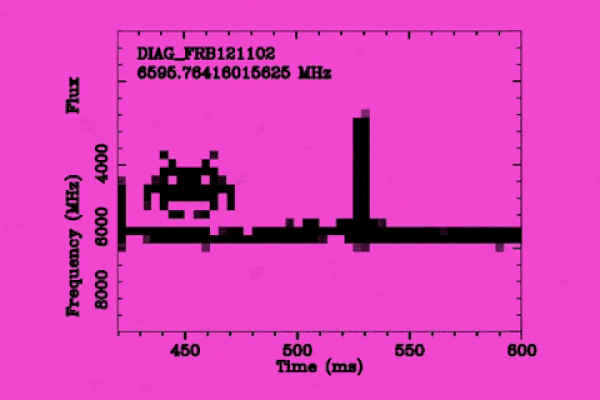Soon after detecting the burst, Lorimer asked his former graduate advisor Matthew Bailes, an astronomer at Swinburne University in Melbourne, to help him plot the signal – which to astronomers is now a famous and extremely bright energy peak, rising well above the power of any known pulsar. The burst seemed to come from much, much further away than where the Parkes telescope would usually find pulsars; in this case, probably from another galaxy, potentially billions of light years away. “It just looked beautiful. I was like: ‘Whoa, that's amazing’. We nearly fell off our chairs,” recalls Bailes. “I had trouble sleeping that night because I thought if this thing is really that far away and that insanely bright, it’s an amazing discovery. But it better be right.”










